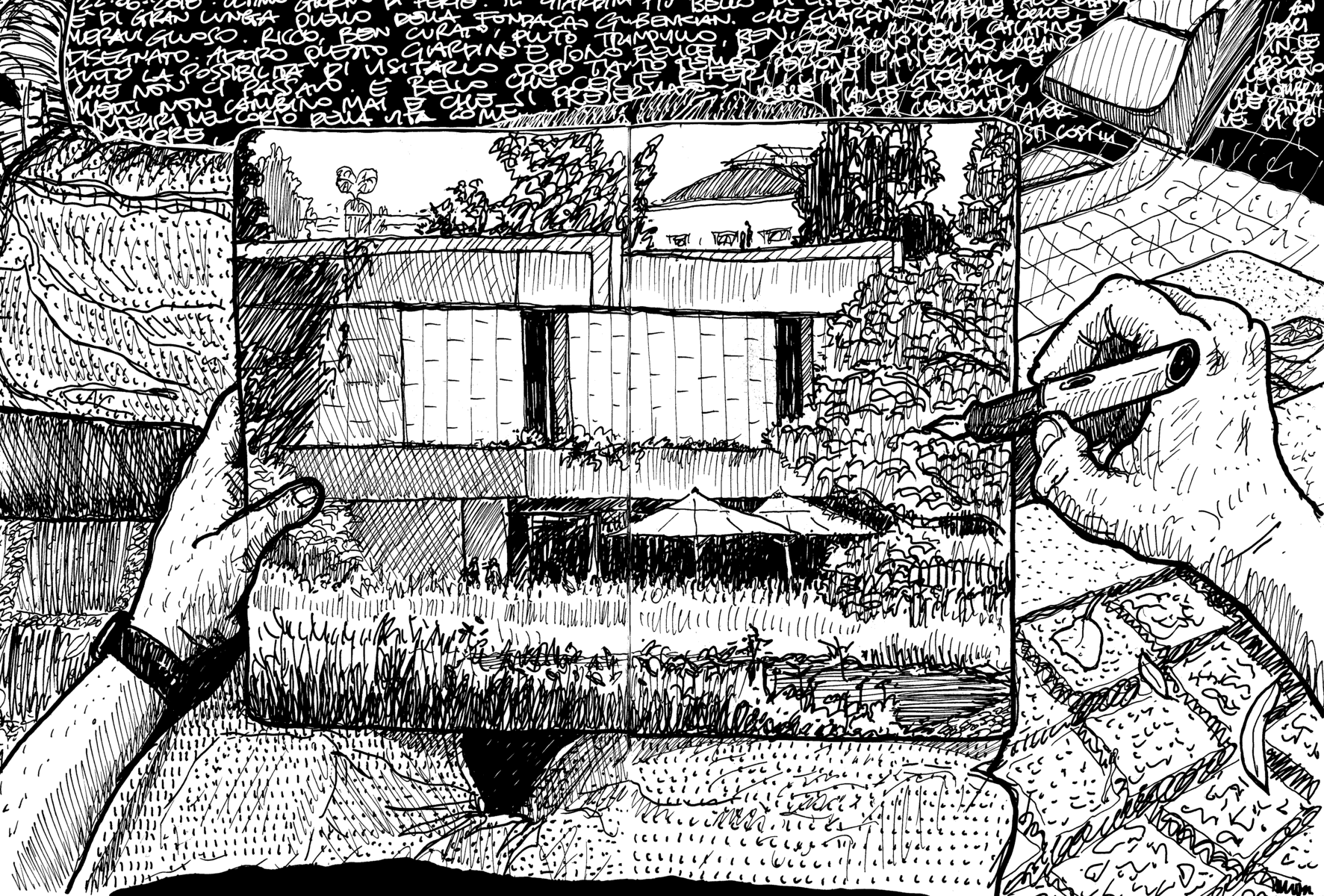Travel, for me, is more than just a change of scenery; it’s a profound pilgrimage that deeply enriches my creative process as an architect. The world, in its breathtaking diversity, presents a constantly evolving exhibition of architectural marvels. From the vibrant chaos of bustling cities to the serene tranquility of rural landscapes and the awe-inspiring grandeur of historical landmarks, each journey ignites my imagination and fuels my passion for design. Every new place I visit offers a fresh lens through which to view the built environment, revealing the intricate dance between human life and the structures we inhabit.
It’s truly remarkable to witness the myriad ways in which human ingenuity has enabled us to coexist harmoniously with our surroundings. This extends far beyond the realm of technological solutions; it encompasses a rich tapestry of lifestyles, cultural practices, and innovative approaches to living. Cities, in particular, stand as powerful testaments to our collective intelligence. They showcase our remarkable ability to adapt and thrive in virtually every corner of the globe, from the scorching heat of arid deserts to the humid embrace of lush rainforests. This innate capacity to modify our environment, to shape it to meet our needs and aspirations, lies at the very heart of architecture – the fundamental purpose of design itself.
Travel transcends the boundaries of mere recreation; it is an invaluable learning opportunity that compels us to step outside the familiar confines of our comfort zones and immerse ourselves in the diverse tapestry of human existence. By observing how people organize their living spaces, how they care for their homes, and how they interact within their communities, we gain profound insights into the human condition. Immersing ourselves in these new environments prompts us to ask critical questions, to analyze and evaluate: How did they achieve this particular outcome? What aspects of their design were successful and contributed to a positive living experience? What elements fell short of their intended purpose? What alternative approaches could have been employed to achieve a more desirable result? And, perhaps most importantly, is there a more effective and sustainable way to accomplish this goal?
The vibrant colors, rich textures, and unique materials encountered in different regions of the world contribute to a vast and ever-expanding reservoir of ideas that directly inform the design elements I incorporate into my architectural projects. Each location offers fresh and compelling perspectives on how architecture can seamlessly integrate with its surrounding environment, reflecting and celebrating the unique cultural identity of the local community. Every journey yields a wealth of practical solutions that can be adapted and applied in a variety of contexts, enriching the design process and leading to more innovative and responsive outcomes.
Throughout history, visionary architects have consistently operated within the specific constraints of their context, skillfully leveraging available technologies and materials while simultaneously pushing the boundaries of design and striving for innovation. While learning from the wisdom of the past is undoubtedly crucial, it is equally important to observe and learn from contemporary professionals, particularly those who are excelling in areas from which we can glean valuable insights. By carefully studying their methodologies, analyzing their design choices, and exploring their diverse approaches to living and addressing complex design challenges, we can significantly elevate the quality and impact of our own work. This ongoing process of learning and adaptation deepens our understanding of the built environment, enhances the value of our projects, and ultimately contributes to a lasting legacy of meaningful and impactful design.
Travel, therefore, is not just a pastime; it is an essential, enriching, and profoundly inspiring means to achieve this ambitious outcome. It broadens our horizons, challenges our preconceived notions, and provides a constant stream of fresh ideas that shape our creative vision and inform our design decisions. The world, in all its complexity and beauty, becomes a living laboratory, offering endless opportunities for learning, growth, and innovation in the ever-evolving field of architecture and design. It is through this continuous exploration and engagement with the world that we can truly create spaces that are not only functional and aesthetically pleasing, but also deeply meaningful and responsive to the needs of the communities they serve.
Cover image: sketching at Gulbenkian Foundation. Lisbon, Portugal.

